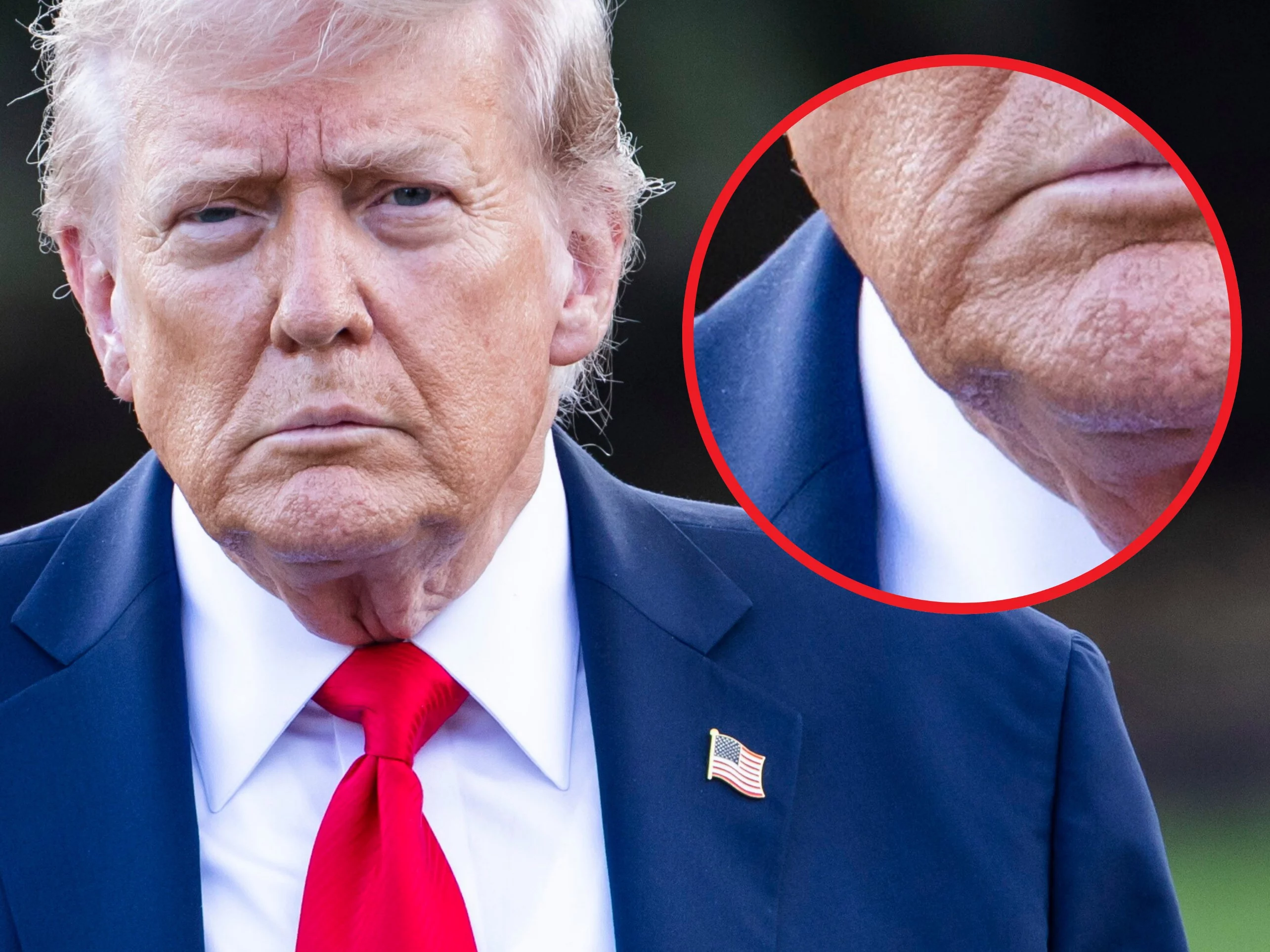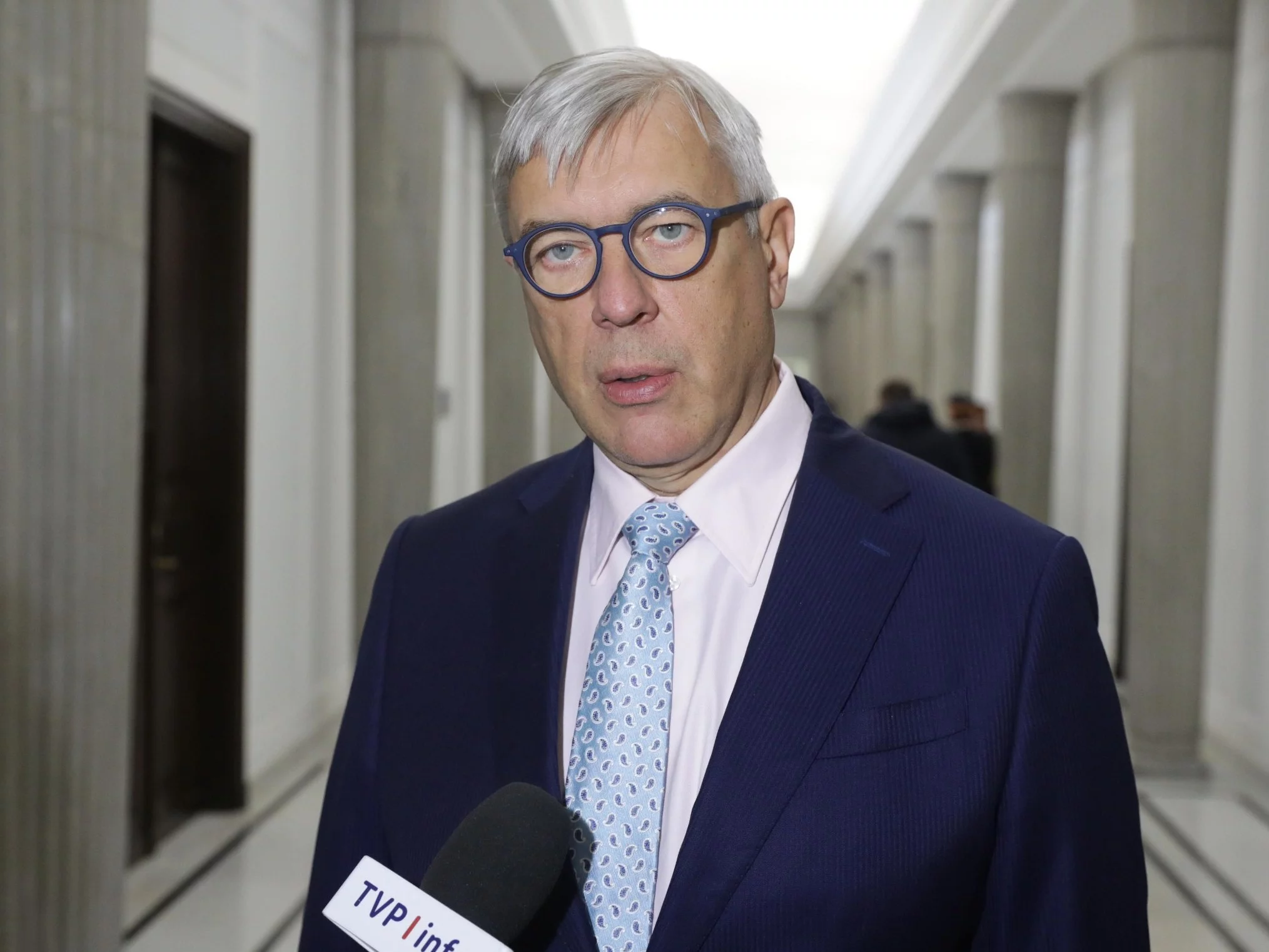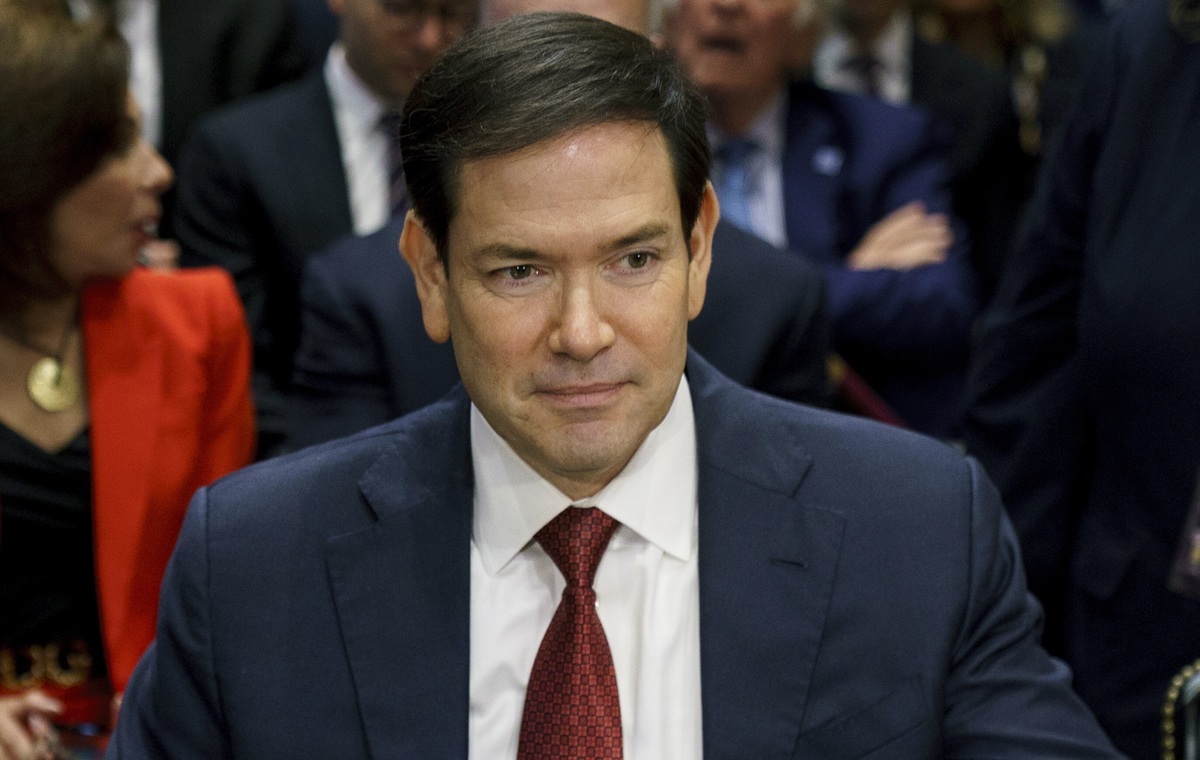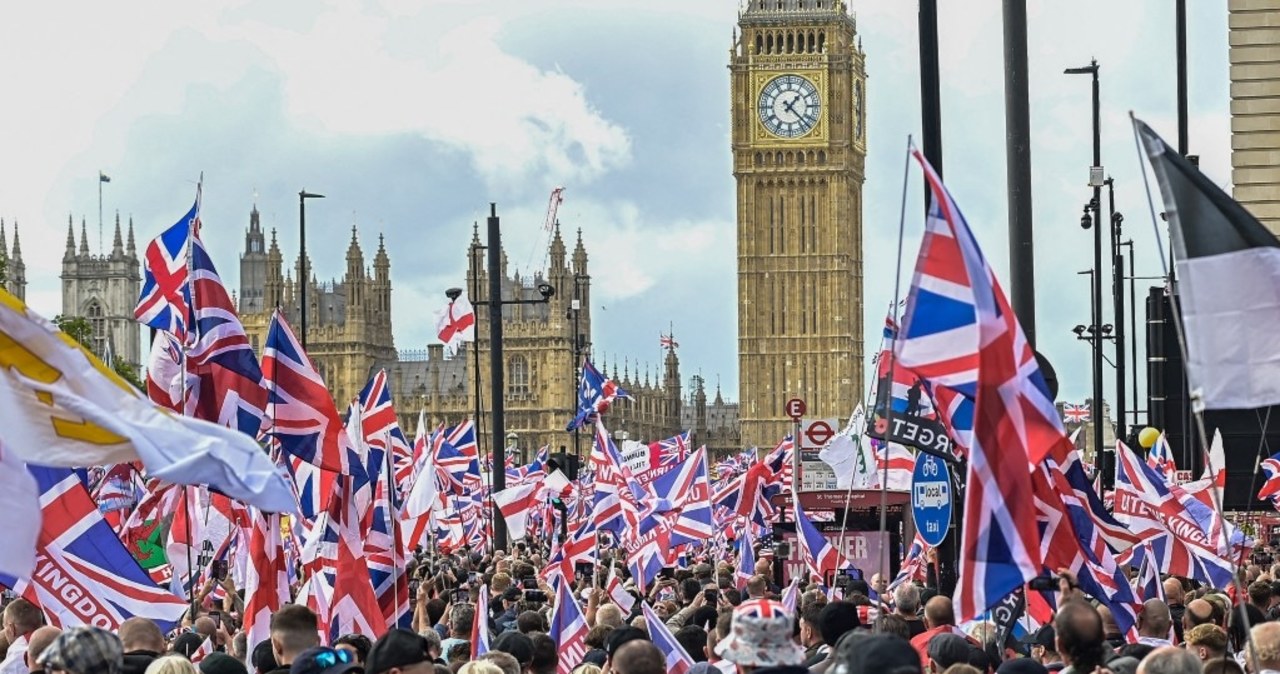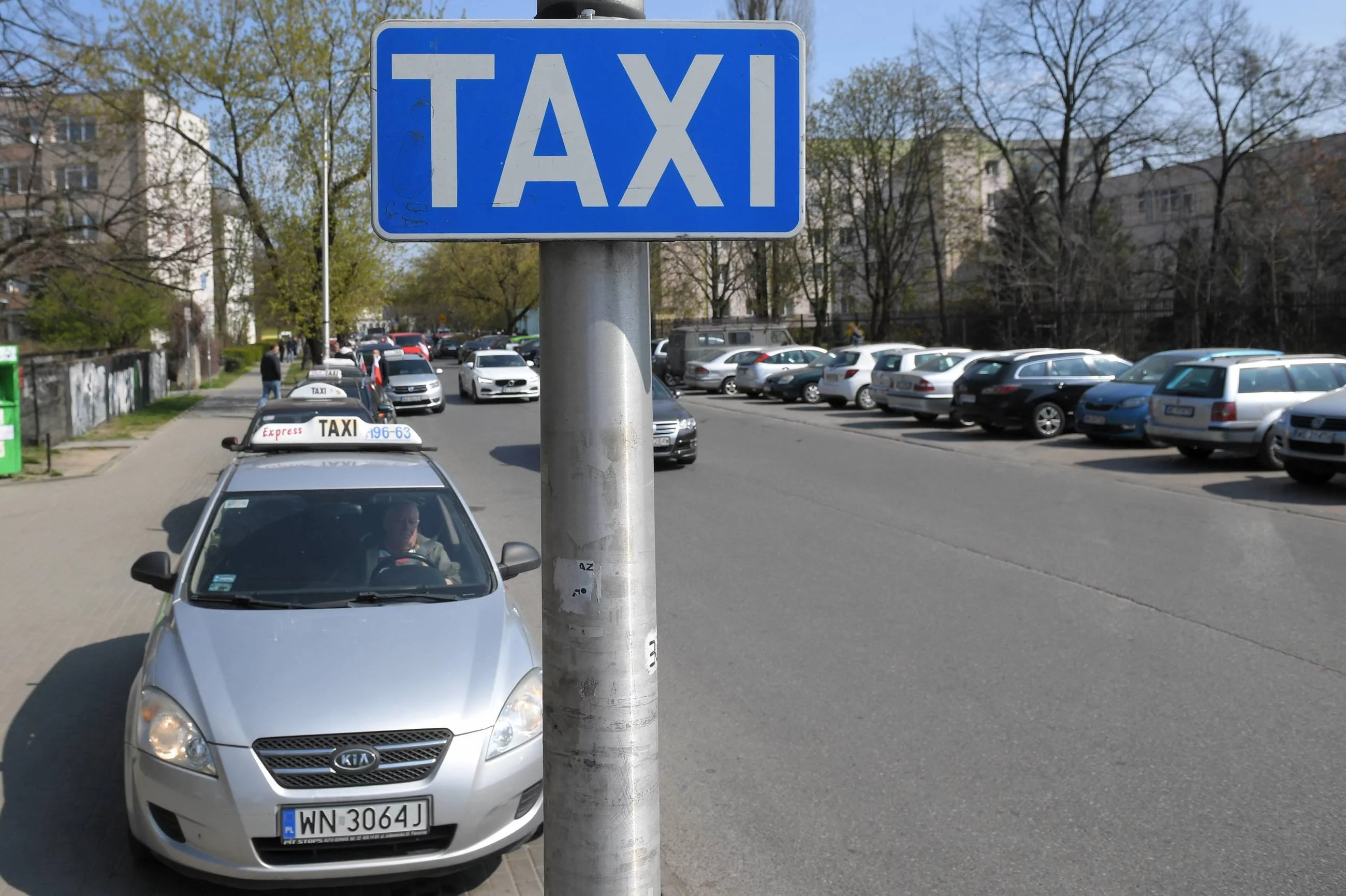
VDH: Ten Problems With DEI That Frighten The Public
Authored by Victor Davis Hanson via American Greatness,
The diversity, equity, and inclusion project, often seen as a major element of the so-called “woke” creed along with green fanaticism, keeps popping up as a possible subtext in a variety of recent tragedies.
In the case of the Los Angeles fires, Mayor Karen Bass, who cut the fire department budget, was warned of the mounting fire dangers of the Santa Anna winds and parched brush on surrounding hillsides. No matter—she junketed in Uganda. When furor followed, on cue, her defenders decried a racialist attack on “a black woman.”
Her possible stand-in deputy mayor for “security” was under suspension for allegations that he called in a bomb threat to the Los Angeles city council—a factor mysteriously forgotten.
The fire chief previously was on record mostly for highlighting her DEI agendas rather than emphasizing traditional fire department criteria like response time or keeping fire vehicles running and out of the shop.
One of her deputies had boasted that in emergencies, citizens appreciated most of all that arriving first responders looked like them. (But most people in need worry only whether the first responders seem to know what they are doing.) She further snarked that if women allegedly were not physically able to carry out a man in times of danger, then it was the man’s fault for being in the wrong place.
The Los Angeles water and power czar—culpable for a needlessly dry reservoir that could have provided 117 million gallons to help save Pacific Palisades—was once touted primarily as the first Latina to run such a vital agency. But did that fact matter much to the 18 million people whose very survival depended on deliverable water in the otherwise desert tinderbox of greater Los Angeles?
In all these cases, the point is not necessarily whether the key players who might have prevented the destruction of some 25,000 acres of Los Angeles were selected—or exempted—on the basis of their race, gender, or sexual orientation.
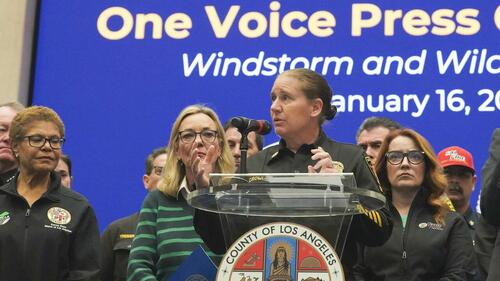
Rather the worry is that in all these cases, those with responsibility for keeping Los Angeles viable, themselves eagerly self-identified first by their race, gender, or sexual orientation—as if this fact alone was synonymous with competence and deference.
In fact, racial or sex identity has nothing to do with whether a water and power director grasped the dangers of a bone-dry but vital reservoir; whether the fire department must know how many fire hydrants remain in working order; or whether a mayor understood that in times of existential danger she must stay on the job and not fly on an optional junket to Africa.
As of yet, we have no idea exactly all the mishaps that caused a horrific air crash at Reagan Airport in Washington.
The only clear consensus that has emerged is that the horrific deaths could have been easily preventable—but were not because, in perfect storm fashion, there were multiple system failures.
In that sense, both the Los Angeles and Washington, DC, disasters are alike.
When a military helicopter crashes into a passenger jet in Washington, DC, airspace—an area that has not seen such a disaster for 43 years—the likely cause is either wrongly altered protocols or clear human error, or both.
So, it is vital to discover what the causes of the disaster were to prevent such a recurrence. As in the Los Angeles cataclysm, the role of DEI—the method of hiring regulatory agency administrators, air traffic controllers, or pilots on bases other than meritocracy—becomes a legitimate inquiry.
To dispel such worries, authorities must disclose all the facts as they do when there are no controversies over DEI. Yet we never learned the name of the Capitol police officer who fatally shot unarmed Ashli Babbitt for months, nor received evidence of his spotty service record. The same initial hesitation in releasing information marked news about the ship that hit the Francis Scott Bridge near Baltimore and why traffic barriers were not up in the French Quarter before the recent terrorist attack in New Orleans.
In the Washington, DC, crash, two questions arise about the conduct of pilots, air traffic controllers, and the administrators responsible for hiring, staffing, and evaluating such employees.
The first issue is whether hiring, retention, and promotion in the airline industry or the military is not fully meritocratic. That is, were personnel hired on the basis of their exhibited superior education, practical experience, and superb scores on relevant examinations in matters relating to air travel? Or were they instead passed over because of their race, gender, or sexual orientation?
Was the shortage of controllers a direct result not of an unqualified pool of applicants but rather because of racial restrictions place upon it to reduce its size?
Second, were the promoters of DEI confident that they could argue that “diversity, equity, and inclusion” were as important criteria for the operation of a complex aircraft system as the past traditional criteria that had qualified air traffic controllers, pilots, and administrators?
Not only did DEI considerations often supersede past traditional meritocratic requirements for employment, but DEI champions had also argued that “diversity” was either as important to, or more important than, traditional hiring and retention evaluations.
The answers to these first two questions make it incumbent to ask further whether DEI played a role in the Washington, D.C., crash, similar to how it may have in the Los Angeles wildfires.
It is not racist, sexist, or homophobic to ask such legitimate questions, especially because advocates themselves so often give more attention and emphasis to their race, gender, and sexual orientation than their assumed impressive expertise, proven experience, and superior education.
In other words, had one’s race, sex, or orientation been incidental to employment rather than essential, such questions from the public might never have arisen.
Finally, what are the problems with DEI that have not just lost its support but put fear into the public that, like the Russian commissar system of old, it has the potential to undermine the very sinews of a sophisticated, complex society?
-
DEI is an ideology or a protocol that supersedes disinterred evaluation. In that regard, ironically, it is akin to the era of Jim Crow, when talented individuals were irrationally barred from consideration due to their mere skin color. Like any system that prioritizes identity over merit—whether Marist-Leninist credentials in the old Soviet Union or tribal bias in the contemporary Middle East—a complex society that embraces tribalism inevitably begins to become dysfunctional.
-
DEI does not end at hiring. Rather, once a candidate senses he is employed on the basis of his race, sex, or sexual orientation, then it is natural he must assume such preferences are tenured throughout his career. Thus, he will always be judged by the same criterion that led to his hiring. In other words, DEI is a lifetime contractual agreement, an insurance policy of sorts once DEI credentials are established as preeminent over all others.
-
The advocates of DEI rarely confess that meritocratic criteria have been superseded by considerations of diversity, equity, and inclusion. Instead, to the degree that they claim such criteria are not at odds with meritocracy, they argue that the methods of assessing talent and performance are themselves flawed. Tests then are unsound and systemically biased and therefore largely irrelevant. Few DEI advocates make the argument that diversity is so important that it justifies lowering the traditional standards of competence.
-
Once DEI tribal protocols are established, they are calcified and unchanged. That is when supposed DEI demographics are overrepresented in particular fields such as the postal service or professional sports, then such “disproportionality” is justified on “reparatory” grounds or ironically on merit. If other non-DEI groups, by DEI’s own standards, are deprived of “equity” and “inclusion” or “underrepresented,” it is irrelevant. DEI is, again, a lifetime concession, regardless of changes in status, income, or privilege. An Oprah Winfrey or a Barack Obama—two of the most privileged people on the planet—by virtue of their race, at least as it is defined in the Western world—are permanently deserving of deference.
-
DEI is also ossified in the sense that it makes no allowance for class. Asian Americans, when convenient, can be counted as DEI hires even though, in terms of per capita income, most Asian groups do better than so-called whites. Under DEI, the children of elites like Barack Obama or Hakim Jeffries will always be in need of reparatory consideration but not so the children of those in East Palestine, Ohio.
-
Because DEI is an ideology, a faith-based creed, it does not rely on logic and is thus exempt from charges of irrationality, inconsistency, and hypocrisy. The belief system feels no obligation to defend itself from rational arguments. For example, are not racially separate graduations or safe spaces contrary to the corpus of civil rights legislation of the 1960s? There is no such thing as DEI irony: the system contrived to supposedly remedy the de jure racism of some 60-70 years ago itself hinges on de jure racial fixations as the remedy—now, tomorrow, forever.
-
As in all monolithic dogmas such as Sovietism or Maoism, skeptics, critics, and apostates cannot be tolerated. So, in the case of DEI, logical criticism is preemptively aborted by boilerplate charges of racism, sexism, and homophobia. And the mere accusation is synonymous with conviction, thereby establishing DEI deterrence, under which no one dares to risk cancellation, de-platforming, ostracism, or career suicide by questioning the faith.
-
DEI is also incoherent. It is essentially a reversion to tribalism in which solidarity is predicated on shared race, sex, or sexual orientation, not through individual background, particular economic status, or one’s unique character. No DEI czar knows why in the pre-Obama era, East Asians did not qualify for DEI status, though they seem to now, or when and how the transgendered were suddenly not statistically still traditionally .01 percent of the population but, in some campus surveys, magically became 10-20 percent of polled undergraduates. No one understands what percentage of one’s DNA qualifies for DEI status, only that any system of the past that fixated on ascertaining racial essentialism, such as the one-drop rule of the old South or the multiplicity of racial categories in the former South Africa, or the yellow-star evil of the Third Reich, largely imploded, in part by the weight of its own absurd amorality.
-
DEI never explains the exact individual bereavement that justifies preferentiality. All claims are instead collective. And they are encased in the amber of slavery, Jim Crow, or homophobia or sexism of decades past. Social progress does not exist; the malady is eternal. The candidate for DEI consideration never must ascertain how, when, or where he was subject to serious discrimination or bias. And that may explain all the needed prefix adjectives that have sprouted up to prove these -isms and -ologies exist when they otherwise cannot be detected, such as “systemic,” “implicit,” “insidious,” or “structural” racism rather than just “racism.”
-
DEI never envisions its demise or what follows from it, much less whether there are superior ways to achieve equality of opportunity rather than mandated results. The beneficiaries of DEI seldom ponder its efficacy, much less whether resources would be better allotted to K-12 education during the critical years of development. And they certainly show little concern about those often poorer and more underprivileged who lack the prescribed race, gender, or orientation for special DEI considerations.
In sum, because of these inconsistencies, Donald Trump may well be able to end DEI with a wave of an executive order – simply because its foundations were always built of sand and thus any bold push would knock over the entire shaky edifice.
Tyler Durden
Mon, 02/03/2025 – 14:25

 7 miesięcy temu
7 miesięcy temu


